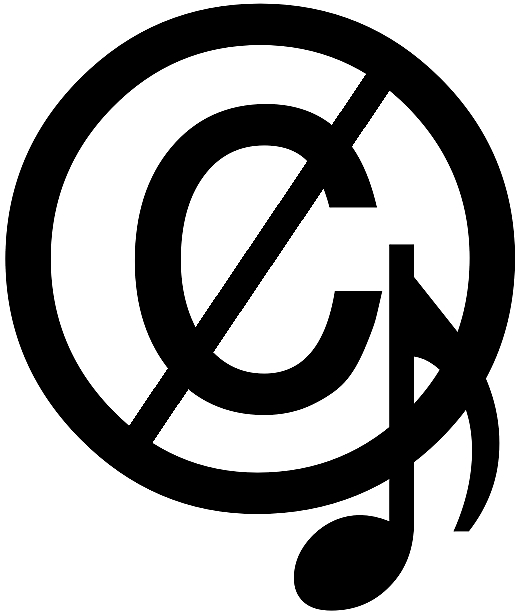Fair use is a legal doctrine that says you can reuse copyright-protected material under certain circumstances without getting permission from the copyright owner.
1. The purpose and character of the use, including whether such use is of commercial nature or is for nonprofit educational purposes
Courts typically focus on whether the use is “transformative.” That is, whether it adds new expression or meaning to the original, or whether it merely copies from the original. Commercial uses are less likely to be considered fair, though it’s possible to monetize a video and still take advantage of the fair use defense.
2. The nature of the copyrighted work
Using material from primarily factual works is more likely to be fair than using purely fictional works.
3. The amount and substantiality of the portion used in relation to the copyrighted work as a whole
Borrowing small bits of material from an original work is more likely to be considered fair use than borrowing large portions. However, even a small taking may weigh against fair use in some situations if it constitutes the “heart” of the work.
4. The effect of the use upon the potential market for, or value of, the copyrighted work
Uses that harm the copyright owner’s ability to profit from his or her original work are less likely to be fair uses. Courts have sometimes made an exception under this factor in cases involving parodies.

Myths
Myth #1:
If I give credit to the copyright owner, my use is automatically fair use.
As you saw above, transformativeness is usually a key in the fair use analysis. Giving credit to the owner of a copyrighted work won’t by itself turn a non-transformative copy of their material into fair use. Phrases such as “all rights go to the author” and “I do not own” do not automatically mean you are making fair use of that material — nor do they mean you have the copyright owner’s permission.
Myth #2:
If I post a disclaimer on my video, my use is fair use.
As we noted above, there are no magic words that will do this for you. Posting the four factors of fair use in your video or including the phrase “no infringement intended” won’t automatically protect you from a claim of copyright infringement.
Myth #3:
“Entertainment” or “non-profit” uses are automatically fair use.
Courts will look carefully at the purpose of your use in evaluating whether it is fair, but the three remaining factors also need to be considered. Declaring your upload to be “for entertainment purposes only,” for example, is unlikely to tip the scales in the fair use balancing test. Similarly, “non-profit” uses are favored in the fair use analysis, but it’s not an automatic defense by itself.
Myth #4:
If I add any original material I created to someone else’s copyrighted work, my use is fair use.
Even if you’ve added a little something of your own to someone else’s content, you might not be able to take advantage of the fair use defense — particularly if your creation fails to add new expression, meaning, or message to the original. As with all the other cases discussed here, courts will consider all four factors of the fair use test, including the quantity of the original used.
